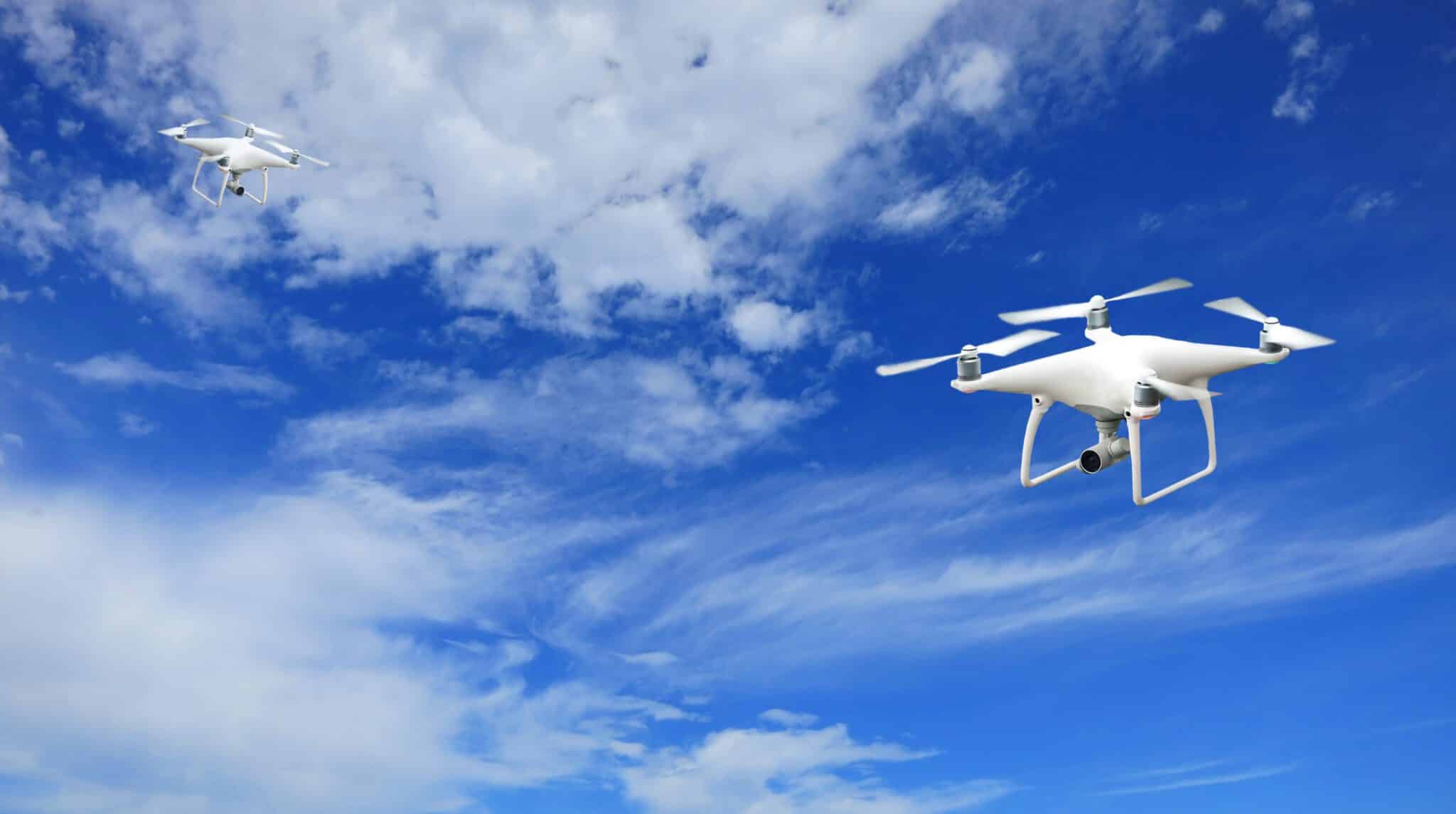Unmanned aerial vehicles have a longer history than one might expect. During World War I, the first aerial vehicle considered a drone was an unmanned military monoplane which responded to radio commands from the ground.
The development of UAVs that can return successfully from missions occurred in the 1950s. In the coming years, drones became integrated into military operations. They have evolved rapidly and consistently over time. There have been billions of dollars invested by governments worldwide in the drone industry, and UAVs have proven valuable in military conflicts worldwide.
Over the past century, drones have spread from military to civilian use. UAVs are almost everywhere these days. Aside from recreational activities, commercial drones widely use to inspect buildings for safety, map inaccessible terrain, and collect enormous amounts of imaging data. That’s just the tip of the iceberg.
According to the FAA (Federal Aviation Administration), there were 855,860 drones registered in the United States as of May 2022. Drones in the US are expected to grow at a rate of approximately 6.4% per year. By 2026, the commercial drone market will reach $6.30 billion. In 2020, around 5 million consumer drones were shipped worldwide.
Over the next decade, 9.6 million consumer drone units are expected to be shipped worldwide. The consumer market for drones is comprised of recreational drone owners who fly for fun and capture photographs and videos. It is now believed that drones will play a significant role in parcel delivery in the future. Retailers are embracing UAVs for delivering packages to client locations.
As drones become increasingly popular, a new challenge arises: how to create safe launching and landing zones for UAVs. UAV flight must be managed and regulated in a world with heavy drone traffic. In order to avoid collisions and even death, this is essential. As UAVs proliferate, safe drone operation is needed. Therefore, drone highways might be a solution.
The drone superhighway, known as Project Skyway, is supposed to be the world’s largest. The CEO and founder of the company leading the project, Richard Parker, announced: “The capability we are deploying and proving through Skyway can revolutionise the way we transport goods and travel in a way not experienced since the advent of the railways in the 18th century: the last transport revolution…The technology we are building is transformative. It is the basis of Skyway and the only scalable, viable mechanism to start the integration of drones into our everyday lives, safely and fairly, ensuring that airspace can remain open, and crewed and un-crewed aviation from any party can safely coexist”.
Skyway will use high-powered, ground-based sensors to direct all overhead traffic centrally. Besides reducing collision risks on the superhighway will also allow UK drone operators to forgo equipping their craft with navigational sensors and maximise their payload, range, and efficiency.
Over the next few decades, people and cargo will be transported across cities using air taxis and drones equipped with electric vertical take-off and landing technology (eVTOL). Drone highways and airports for electric flying cars and drones could alleviate the chaos caused by many air vehicles.
A company named Urban-Airport has built an airport in Coventry, United Kingdom, that can accommodate large electric drones and, in the future, flying cars. “The 17,000-square-foot airport will be the world’s first fully operational ‘pop-up’ Air-One urban airport and charging hub for future electric vertical take-off and landing aircraft”, Urban-Air Port said.
“Cars need roads. Trains need rails. Planes need airports. eVTOLs will need Urban Airports. Over a hundred years ago, the world’s first commercial flight took off, creating the modern connected world. Urban AirPort will improve connectivity across our cities”, said Ricky Sandhu, Founder and Executive Chairman of Urban Air Port.
A few years from now, we will see aerial highways filled with drones, taking off and landing, traveling at speed for all kinds of purposes. It’s no longer science fiction. We are already living in the future. Drones have revolutionised so many aspects of our lives. Now they will change the way we look at the sky forever.








